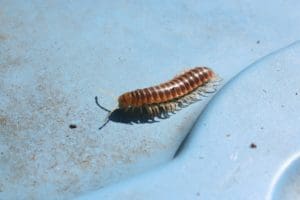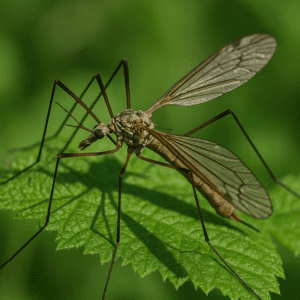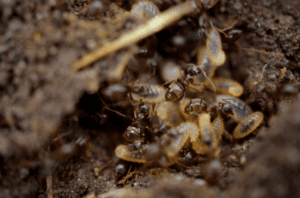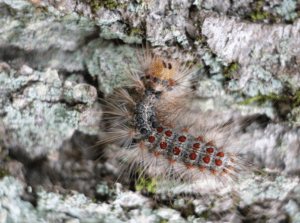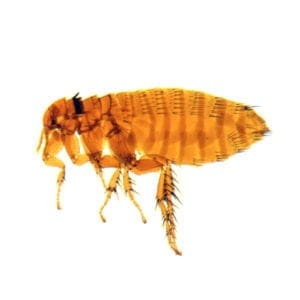
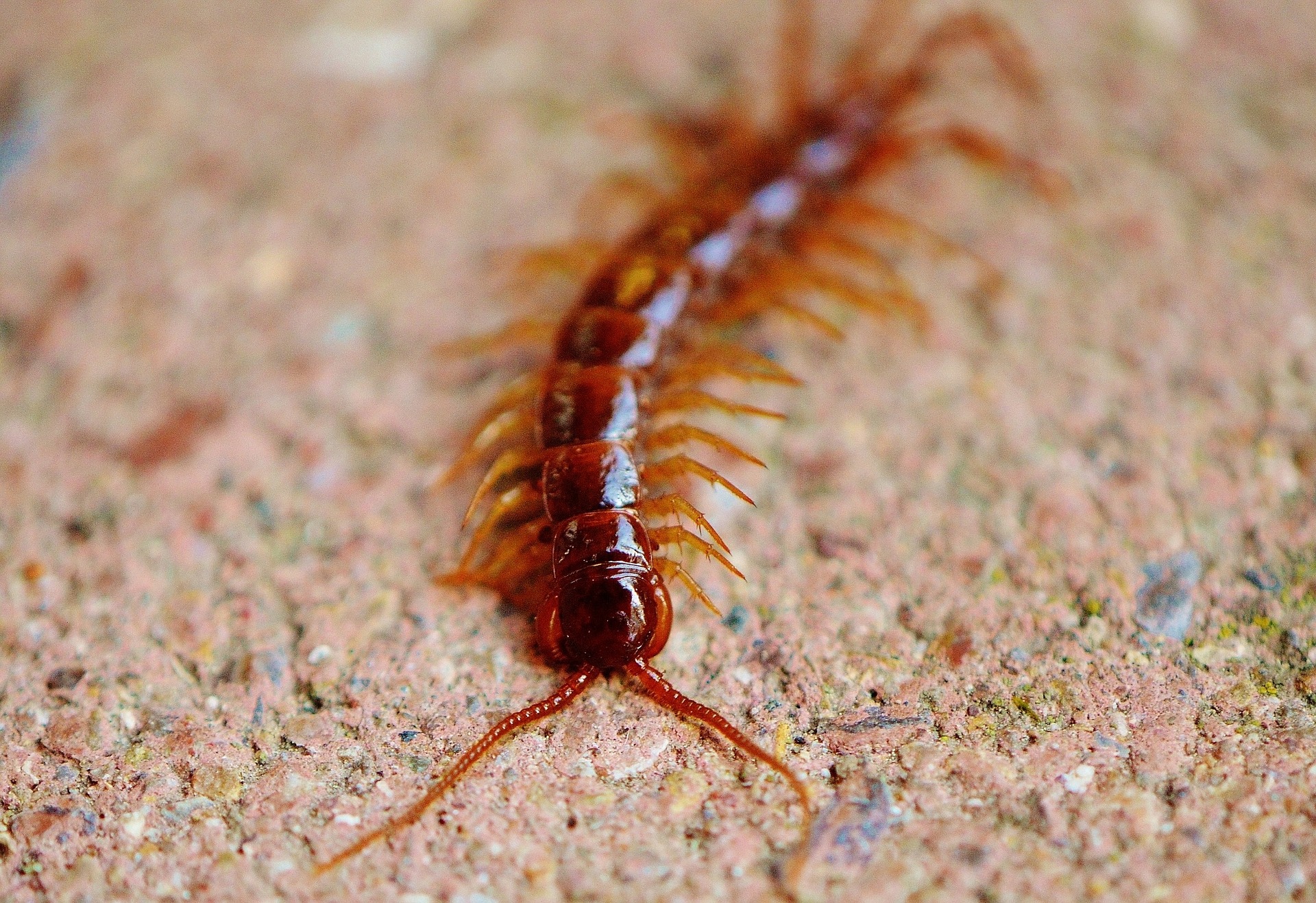
Centipedes are probably one of the least annoying pests you’ll come across. Although they may look rather creepy, they’re usually harmless and they are an essential part of the ecosystem. Centipedes tend to mind their own business, and you’ll find them living in dark spaces like walls and buried in the ground.
When the warmer months start approaching, we can find little crawlers in our space more often than in the winter. Centipedes are known to be more prominent in the summer months, as it's their prime breeding time, but in subtropical climates, they can lay their eggs at any time. To keep these pests under control, it's important to consider winter pest control measures as well. Even during the colder months, certain pests can still pose a problem, and implementing effective pest control strategies throughout the year can help maintain a pest-free environment.
When we’re enjoying some sun outdoors, don’t be alarmed if you see one or two of the creepy crawlers hanging around. Just relax and read our compiled list of 11 fun facts about the centipede.


#1. “Centipede” May Not Be The Most Accurate Name
We all know the “centi” part of the name refers to the Latin term centum - meaning a hundred, so it's likely we also assume that the centipede is named after the fact that it has one hundred legs. However, this isn’t actually the case as there are many different types of centipedes with different numbers of legs. Centipedes actually always have an odd number of body segments, with one pair of legs on each segment. That means that there is usually never a centipede with exactly 100 legs. The exact number of legs on a centipede will vary between species’. Some centipedes have as little as 15 pairs of legs, while others have as many as 117!#2. Centipedes Are Millions Of Years Old
Yes, you read that right. Centipedes have been crawling the earth since the prehistoric age. There have been some incredible fossils discovered where the unique imprint of an ancient species of centipede is clearly visible. This is thanks to their extremely adaptive nature that has allowed them to live during any climate and under any circumstances. It’s unsurprising that the centipedes were crawling around with the dinosaurs back in the day. Due to their speedy crawling abilities and their choice to live primarily underground, centipedes have become adverse to predators and environmental challenges. It's thanks to these factors that centipedes have been around for 400 million years.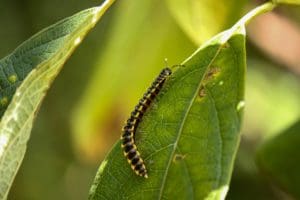
#3. Centipedes Have Incredibly Speedy Legs
All those legs have to be useful for something, right? The centipedes' ability to move with such agility is a big contributor to its survival. They rely on their speed to catch prey or escape predators. With their segmented body, a multitude of legs, and lack of waxy coating they can move incredibly fast. Your common house centipede can move 1.3 feet per second, making them pretty hard to catch.#4. The Waxy Look Of A Centipede Is Misleading
Don’t be deceived by their shiny exterior, centipedes actually aren’t waxy like their arthropod cousins. Their lack of a waxy proactive coat actually results in a continual water loss cycle, which is why centipedes are happiest in damp and dark conditions like deep in the soil or near puddles and dampness in walls. This absence of a shiny outer layer may sound like a disadvantage, but it is actually the reason centipedes are able to move so fast.#5. Some Centipedes Prefer Being Indoors
It may be strange to think that there are insects that don’t want to be out in nature, but the house-centipede prefers a more man-made environment. Hence the name, the house-centipede is commonly found in houses or buildings, but they usually keep themselves safe by residing in the walls. A house centipede can go their entire life cycle never knowing nature. From egg to fully grown centipede, it's possible for them to breed and live indoors their whole lives.#6. Centipedes Can Live Almost Anywhere
The diversity of the centipede is an incredible work of evolution. Centipedes have been discovered in nearly every corner of the earth. There have been over 8000 species of centipedes discovered, and some have even been found near the arctic circle! The species of centipedes that have been discovered have dramatically different sizes, with some of them being 0.4 inches long like the common house centipede. Then there’s the Amazonian Giant Centipede which spans over 12 inches long and can be found in the rain forests of South America.#7. Centipedes Don’t Have To Worry About Losing A Leg
One of the most remarkable things about the centipede is its ability to regrow its legs. Centipedes grow more legs the older they get, so if you see a centipede with a bunch of legs, chances are it’s an elderly centipede. What’s even more impressive though is the fact that centipedes can regrow legs that they’ve lost after an encounter with a predator. This is used as a tactic to avoid getting eaten. When a centipede is in the hands of its predator, it will detach some of its legs so that it can escape. When they molt, their new legs will begin to form. It takes a few molts before the legs are fully grown, so the centipede’s legs will be of different lengths.#8. Centipedes Have Venomous Pincers
The front two legs you see on a centipede are actually venomous pincers used to capture and poison and paralyze prey, resulting in a pretty brutal death! These front “legs” are called forcipules. Luckily, centipedes aren’t interested in biting humans, and if they do venom is unlikely to cause any harm. The Giant Centipede found in the Amazon is one of the few centipedes that can actually do harm. When a human is bitten by it, the poison will have some effect and may even be fatal. Thankfully, New Jersey doesn’t have any of these centipedes lurking around so you won't have to worry about that happening.#9. Centipedes Are Carnivorous Predators
Centipedes are not herbivores. Not to be confused with the caterpillar, a centipede will rarely be munching on a leaf. Centipedes catch their prey using their speed and their antenna to track down their target and then they’ll wrap themselves around it and use their pincers to bite with venomous poison that paralyzes the prey - a sure way to get the job done! The common centipede will feed on small creatures like worms, spiders, and molluscs. A bigger species of centipede will feed on things like frogs, bats, small birds, and sometimes other centipedes. Sometimes centipedes scavenge, but their predator skills come into play the majority of the time.